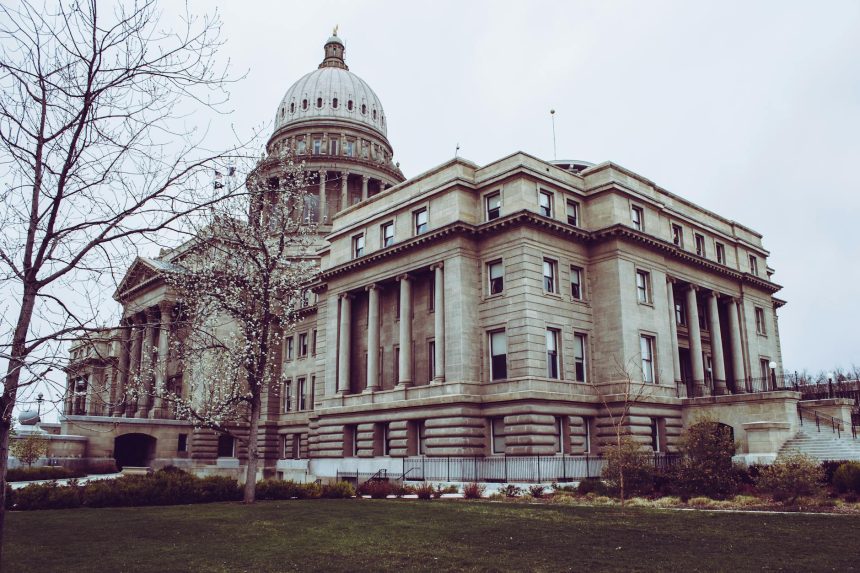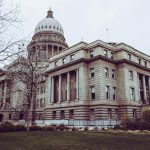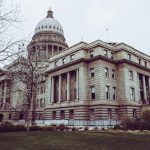government shutdown
## Federal Workforce Felt the Pinch: Over 4,000 Laid Off Amidst Government Shutdown
The recent government shutdown has sent shockwaves through the federal workforce, with over 4,000 employees across seven departments facing layoffs in October alone. This stark reality underscores the tangible impact of political deadlock on the livelihoods of those who serve the nation. Beyond the numbers, this situation raises critical questions about the stability of federal employment, the long-term consequences of such disruptions, and what the future holds for public servants.
### The Immediate Fallout: Layoffs and Uncertainty
The press release detailing the layoffs paints a clear picture of the immediate consequences of a prolonged government shutdown. When funding lapses, essential government functions can grind to a halt, leading to furloughs and, in some cases, outright layoffs. These are not abstract figures; they represent individuals and families grappling with income loss and the anxiety of an uncertain future.
#### Which Departments Bore the Brunt?
While the press release specifies seven departments, understanding which ones were most affected can provide insight into where critical services were most impacted. The nature of government operations means that disruptions in one department can have ripple effects across others, creating a complex web of consequences.
#### The Human Cost of Political Stalemate
Beyond the financial implications, the emotional toll on federal employees is significant. The constant threat of furloughs or layoffs breeds an environment of instability and can lead to decreased morale and productivity. This uncertainty can also deter talented individuals from pursuing careers in public service, impacting the government’s ability to attract and retain top talent in the long run.
### Beyond the Headlines: Deeper Implications of Shutdowns
The layoffs are a symptom of a larger problem: the increasing reliance on government shutdowns as a political bargaining chip. This practice, while seemingly a powerful tool for negotiation, carries substantial risks and costs that extend far beyond the immediate budgetary concerns.
#### Economic Ripples: How Shutdowns Affect More Than Just Federal Employees
The impact of a government shutdown is not confined to federal employees. It can have a tangible effect on the broader economy. Reduced government spending can slow economic activity, and the uncertainty created by shutdowns can deter investment and consumer confidence. Small businesses that rely on government contracts or services can also suffer significant losses.
#### The Erosion of Public Trust
When the government becomes paralyzed by political infighting, it can erode public trust in its ability to function effectively. Citizens rely on government services for a multitude of reasons, from social security benefits to environmental protection. Disruptions to these services, however temporary, can lead to frustration and a perception of governmental incompetence.
#### The Impact on National Security and Essential Services
While the press release may focus on layoffs, it’s crucial to remember that government shutdowns can also jeopardize national security and the delivery of essential services. Critical functions, such as air traffic control, food safety inspections, and national park operations, can be severely hampered, leading to potential risks and inconveniences for the public.
### Navigating the Aftermath: What Comes Next?
The immediate concern for those laid off is re-employment and financial stability. However, the long-term implications for the federal workforce and the functioning of government are also critical.
#### Re-employment Challenges and Support Systems
For federal employees facing layoffs, the process of finding new employment can be challenging. While some may be rehired once the government reopens, others may need to seek opportunities outside of federal service. Understanding the support systems available, such as unemployment benefits and career counseling, is vital during this transition.
#### The Future of Federal Employment: Stability and Morale
The repeated use of government shutdowns as a political tactic raises questions about the long-term stability and desirability of federal employment. If talented individuals perceive federal service as inherently unstable, it could lead to a brain drain and a decline in the quality of public administration. Efforts to restore confidence and ensure greater predictability in federal employment are crucial.
#### Policy Solutions: Preventing Future Shutdowns
Addressing the root cause of these disruptions is paramount. This involves a deeper conversation about fiscal responsibility, political compromise, and the establishment of more robust mechanisms for budget appropriations that do not rely on the threat of shutdown. Exploring alternative funding models and fostering a culture of bipartisan cooperation could help prevent future crises.
### Looking Ahead: A Call for Stability and Predictability
The recent layoffs serve as a stark reminder of the human and economic costs associated with government shutdowns. While the immediate focus is on supporting those affected, it is imperative to consider the broader implications for the federal workforce, public trust, and the effective functioning of government. Moving forward, a commitment to finding common ground and prioritizing stability over political brinkmanship is essential for the health of our nation.
—
**Source Links:**
* [External Link 1: Congressional Research Service – Government Shutdowns](https://crsreports.congress.gov/report/R/R44892)
* [External Link 2: National Archives – Understanding Government Shutdowns](https://www.archives.gov/files/research/congress/shutdowns.pdf)
copyright 2025 thebossmind.com
###
Featured image provided by Pexels — photo by Brett Sayles





